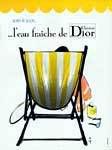
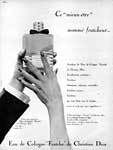
Eau Fraîche drew upon a rich tradition that had been semi-forgotten during the first half of the 20th century, when marketing decided that separate smells should appeal to different genders. On the contrary, it harkens back to the times of the first Eaux de Cologne, like 4711 or less well known exempla Hungary Water and Florida Water. These interpretations of the basic concept of a refreshing alcoholic splash utilised hesperidic top notes evaporating at a zingy pace, along with refreshing herbs and light woods or musk for a little tenacity. Purpotedly Hungary Water served the Queen of Hungary, from which the name derives, really well: she was said to have found a young husband in her very advanced age! I don’t know if it can be attributed to the Water’s miraculous qualities, although everyone with a sceptic bone in their bodies would think not; still it was widely believed that the essenses used in those refreshing toners were beneficial to body and spirit. And aromatherpeutically speaking, so they are.
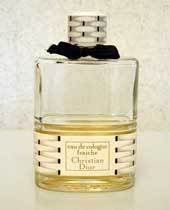
Eau Fraîche begins on a citrus and mandarin burst of juicy freshness with an astrigent appeal. Mandarin lends a little sweetness to the proceedings, due to its less shrill odour profile compared to lemon. Yet they cannot be mistaken for the citrusy fruity fragrances of today, as murky oakmoss surfaces almost simulstaneously giving a chypré feel. Its creator, Edmond Roudnitska, eminent chypre creator knew a thing or two about using it as the perfect backdrop to notes of clarity and translucence.
This oakmoss base is like the background buzz and scratches on an old vinyl taking rounds on an old set: you know digital is so much better, yet you feel a strange nostalgia for something that either irritated you when you were actually using it or which you have never known, simply because you are a child of the 1990s. Oakmoss can lend a subversive mantle to anything with its musty yet sensual feel and if you have ever smelled the ingredient in its raw state you know what I am talking about. In this regard, Eau Fraîche features it rather heavily and it is immediately apparent; a trait that would drive away many of the people who are averse to chypres.
I could perhaps discern its heritage to Caron’s Eaux series. Some of them have a similarly chypré accord which sets them apart from their cousins that pose on shelfs in department stores, all dolled up in their fruity colourful rinds.
To a lesser degree one can also discern a comparable feel in Bulgari Eau parfumée au Thé Vert, a scent that was also aimed at both sexes, well ahead of CK One. A scent that has a smoked wood autumnal feel to it despite the limpid shade of the frosted bottle that would inspire one to use it in a heatwave.
Eau Fraîche also includes rosewood, heavy in suave linalool, and a subtle vanillic touch that rounds it out beautifully. A fragrance for bien-être dans sa peau, as the French use to say: feel good in your skin. A fragrance suggesting laid-back style and insouciance like the 1971 advertisment depicted above shows in such few strokes.
Men as well as women would be strongly adviced not to miss this little-known refined gem.
The Dior Chypres series is not over yet: stay tuned!

.jpg)
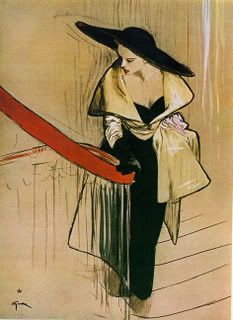
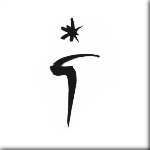
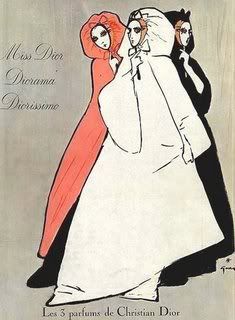
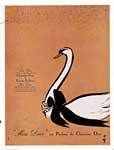
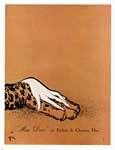
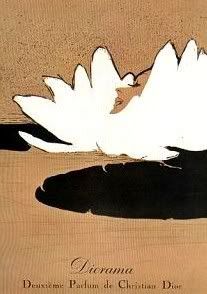

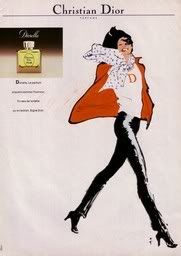
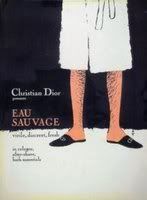
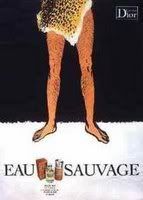
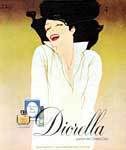


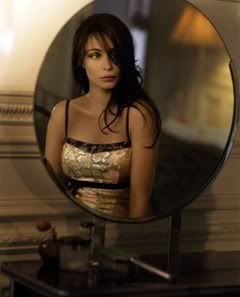

.jpg)




